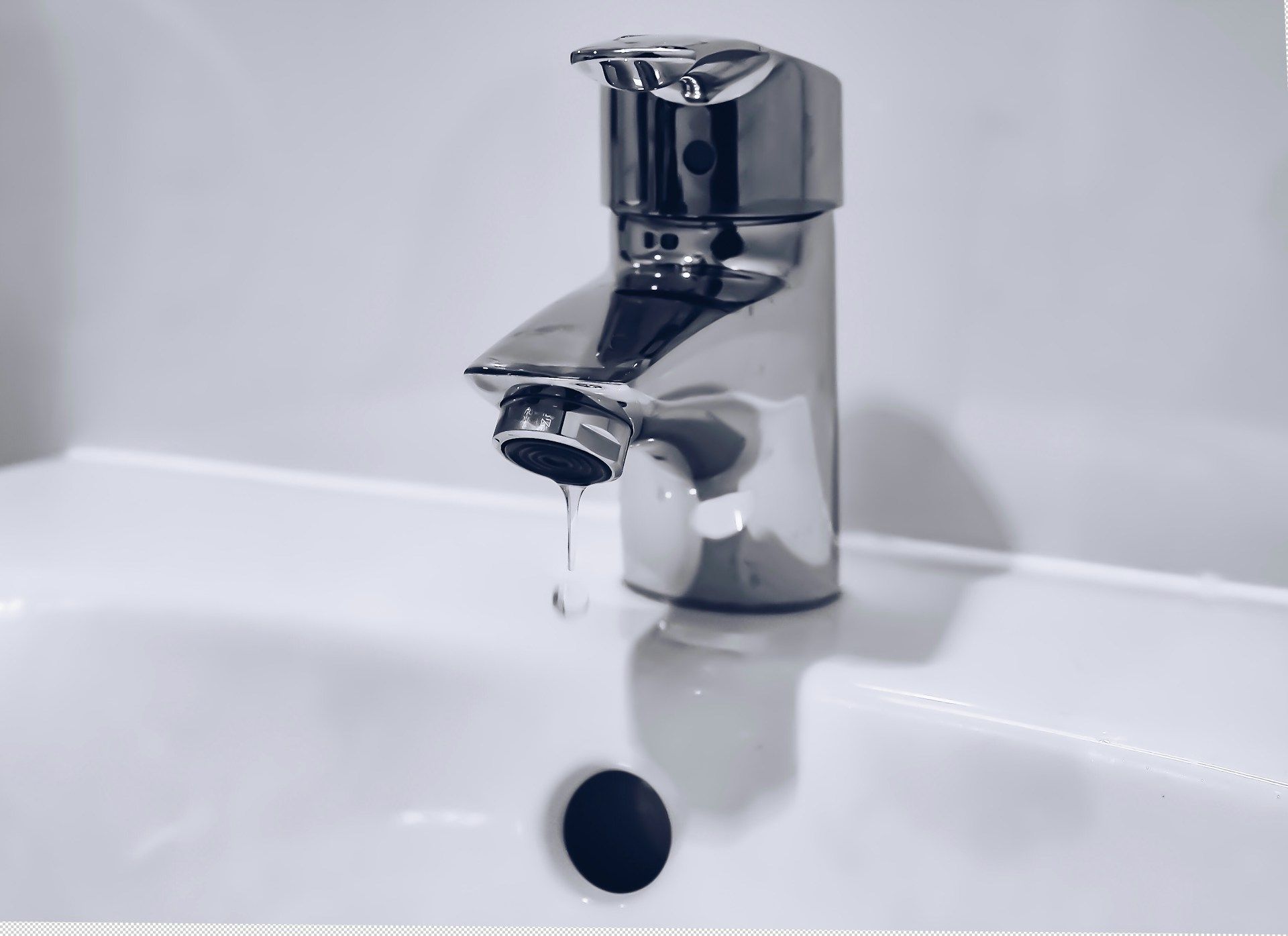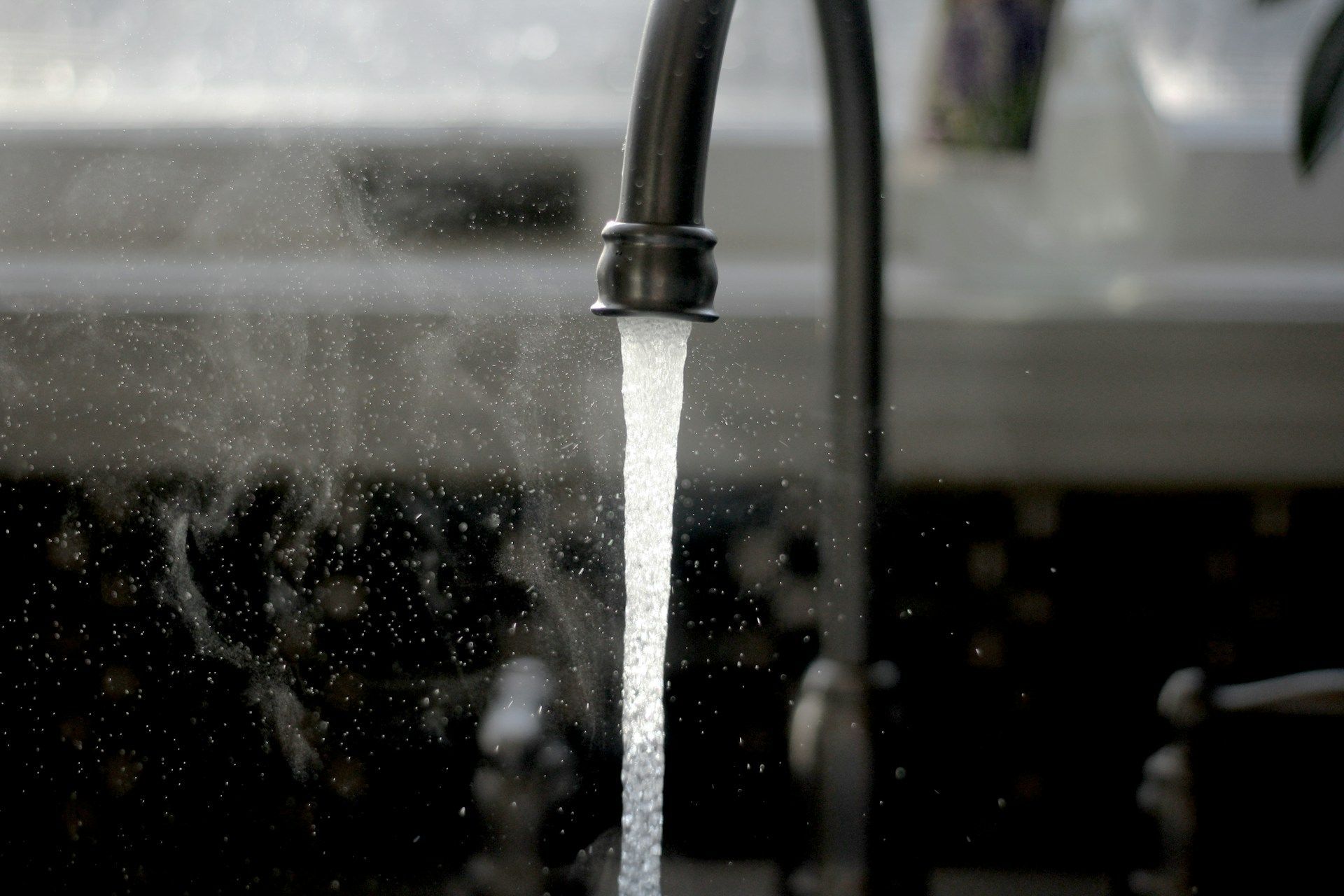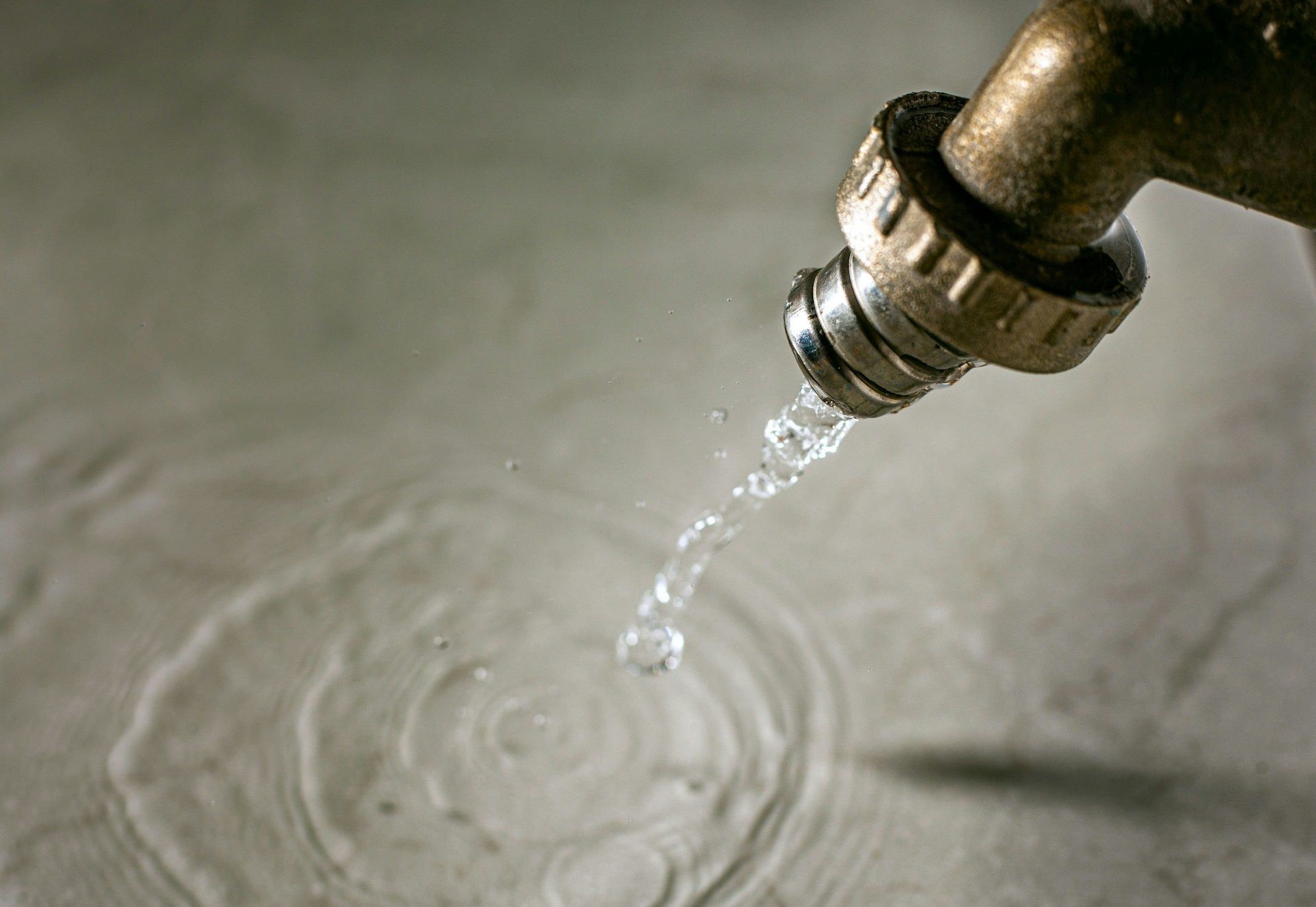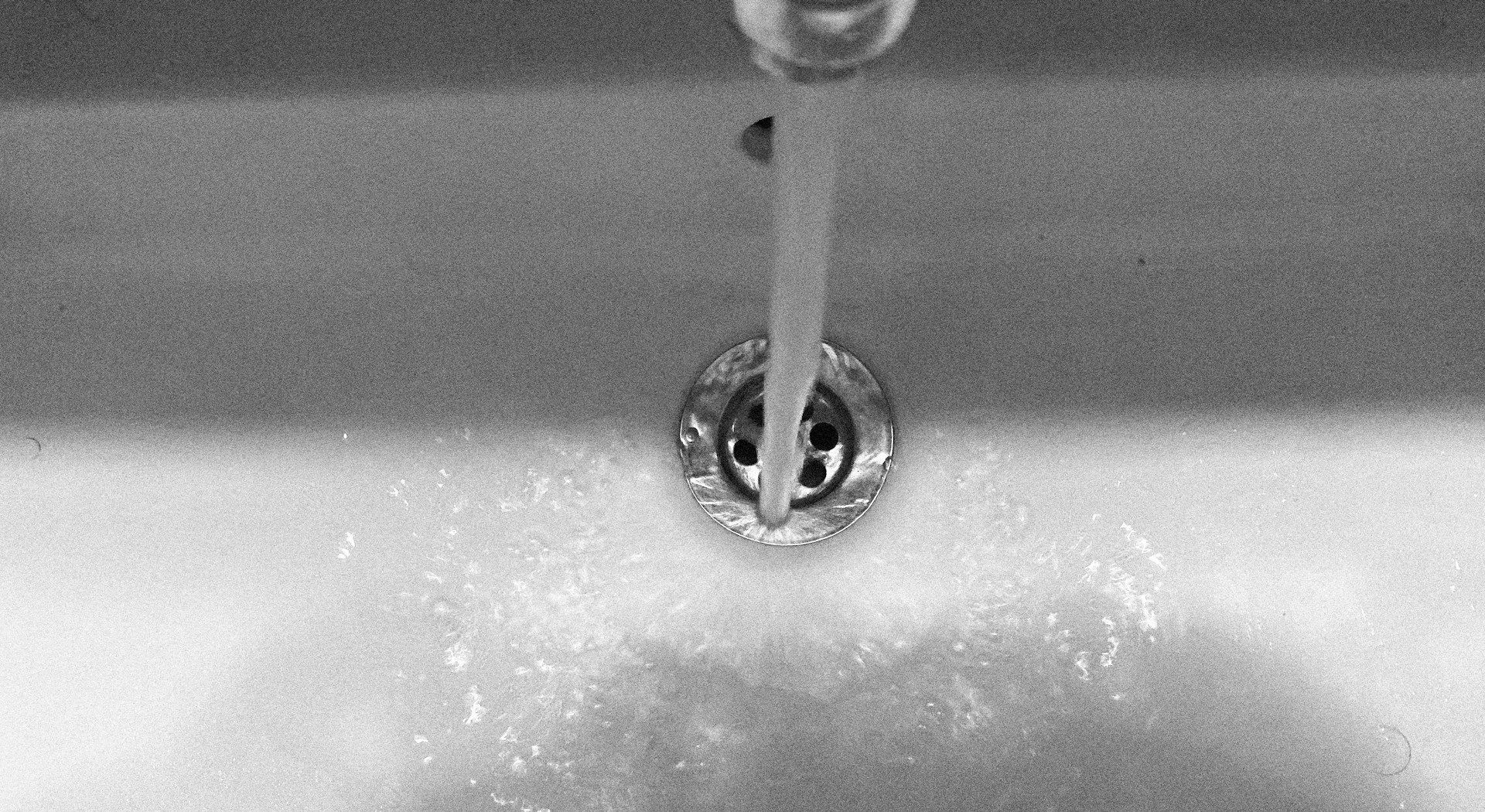Why Fluoride Removal Is Important in Charleston, UT
Water Science offers a combined softener and reverse osmosis system to provide clean and pure drinking water. Our systems removes harmful substances, bacteria, heavy metals, and minerals to ensure safe and delicious-tasting water. We use custom solutions tailored to your specific needs and have over 10,000 satisfied customers. Water Science treats complex water conditions and utilizes a cutting-edge reverse osmosis membrane for the highest level of water purity. Their systems are designed to remove contaminants and improve the taste and odor of your water. Invest in their filtration system for clean and purified water for you and your family.
Table of Contents
- The importance of fluoride removal
- Top-quality products
- Clear and purify your water to help you and your home
- Solutions for both city and well water
- We can install both a softener and a reverse osmosis system
- Why should you be concerned about it
- Everything is custom for your home
- Over 10,000 satisfied customers
- Treating complex water conditions
- Reverse osmosis membrane
The importance of fluoride removal
Water Science has been helping people since 1991 in their quest for clean and safe drinking water. One of the key aspects we emphasize is the importance of fluoride removal. While fluoride is often added to public water supplies to help prevent tooth decay, excessive intake of fluoride can be harmful to health. Therefore, having a reliable method of removing fluoride is crucial. Water Science recommends using a reverse osmosis water filter, which not only removes fluoride but also eliminates other contaminants such as bacteria and forever chemicals.
For those people that like the taste of a high-end water and the more luxurious experience, fluoride removal becomes even more important. Tap water often contains high levels of fluoride, which can affect the taste and aroma of the water. By investing in a reliable reverse osmosis water filter, individuals can ensure they have access to clean, crisp, and delicious-tasting water. Removing fluoride not only enhances the overall drinking experience but also eliminates the potential health risks associated with excessive fluoride intake.
In addition to improving the taste and removing forever chemicals, fluoride removal is essential for safeguarding one’s health. High levels of fluoride can have adverse effects on the body, such as dental fluorosis and skeletal fluorosis. These conditions can cause dental problems and negatively impact bone health. By investing in a reverse osmosis water filter that effectively removes fluoride, individuals can ensure the water they consume is safe and free from potentially harmful substances. Water Science’s commitment to fluoride removal ultimately plays a crucial role in promoting overall well-being and a healthier lifestyle.
Top-quality products
At Water Science, we take pride in providing top-quality products that prioritize your health and well-being. Our extensive range of water filters not only remove fluoride but also address other contaminants that may be present in your water. Whether it’s arsenic in water or PFAS, our advanced filtration systems are designed to clear and purify your water to help you and your home. We understand the importance of having access to clean and safe drinking water, which is why we are committed to offering products that are reliable and efficient in delivering the results you need.
In addition to our dedication to water filtration, we also prioritize customer satisfaction by offering maintenance programs for our products. We understand that the installation of a water filtration system is just the beginning of your journey towards cleaner water. That’s why we are here to support you every step of the way, whether or not we installed the system for you. Our maintenance programs ensure that your filtration system continues to function at its best, providing you with peace of mind and confidence in the quality of your water. With Water Science, you can trust that our commitment to top-quality products extends beyond the initial purchase.
When it comes to your water filtration needs, trust Water Science to deliver top-quality products that truly make a difference. With our advanced technology and expertise in removing various contaminants, including arsenic in water and PFAS, we strive to provide you with the cleanest and purest water possible. Our dedication to your health and satisfaction is evident in our commitment to delivering reliable and efficient filtration systems, as well as our comprehensive maintenance programs. Choose Water Science for the peace of mind that comes with knowing you have access to clean, safe, and top-quality water for you and your home.
Clear and purify your water to help you and your home
Clear and purify your water to help you and your home by investing in a water filtration system that utilizes a 4 stage setup, like the ones offered by Water Science. Our units are specifically designed to be the most efficient way to reduce the total dissolved solids (TDS) and harmful chemicals from your water, ensuring that it meets the highest standards of purity. With the constant evolution of allowable limits for contaminants in drinking water, it can be difficult to keep up. However, our systems are capable of filtering out these contaminants, such as arsenic and PFAS, so that they are no longer present in your water. You can have peace of mind knowing that you and your family are consuming clean and safe water.
Water system maintenance is key to ensuring the longevity and optimal performance of your water filtration system. At Water Science, we understand that the installation of a water filtration system is just the first step. That’s why we offer comprehensive maintenance programs that are tailored to your specific needs. Our team of experts is here to support you throughout the lifespan of your system, whether we installed it or not. Our maintenance programs are designed to keep your filtration system running smoothly and effectively, so you can continue to enjoy the benefits of clean and purified water. With our commitment to customer satisfaction, you can trust that your water system is in good hands.
The importance of clear and purified water cannot be overstated. Water Science is dedicated to providing top-quality products that prioritize your health and well-being. Our advanced filtration systems are designed to clear and purify your water, removing contaminants such as fluoride, bacteria, and forever chemicals. We understand that clean and safe drinking water is essential for a healthier lifestyle. That’s why we strive to deliver reliable and efficient filtration systems, backed by our comprehensive maintenance programs. With Water Science, you can be confident that you have access to clean, safe, and top-quality water for you and your home. Invest in clear and purified water today for a better tomorrow.
Solutions for both city and well water
Water Science offers effective solutions for both city and well water, ensuring that everyone has access to clean and safe drinking water. One common issue in both city and well water is the presence of heavy metals like iron. These metals can cause a metallic taste and discoloration in the water. Water Science provides iron heavy metal removal systems that effectively eliminate these contaminants, leaving the water fresh and clear. Whether you are getting your water from a municipal supply or a private well, Water Science has the perfect solution for iron heavy metal removal to improve the taste and quality of your water.
Another concern when it comes to water quality is the presence of PFOS and PFAS chemicals. These chemicals are often found in water sources due to industrial pollution and can have harmful effects on human health. Water Science offers reliable PFOS removal systems that effectively cleanse water from these contaminants. By investing in a PFOS removal system, both city and well water users can enjoy peace of mind knowing that their water is free from these harmful chemicals. Water Science’s advanced filtration technology ensures that the PFOS and PFAS chemicals are effectively removed from the water, resulting in cleaner and safer drinking water for all.
To address the various needs of both city and well water users, Water Science offers convenient sink water filters. These filters are easily installed on kitchen faucets, providing a simple and effective solution for purifying water for drinking, cooking, and other household uses. Whether you are living in an urban area or relying on a private well, a sink water filter from Water Science can make a significant difference in the quality and taste of your water. With the ability to remove contaminants such as chlorine, sediment, and other impurities, these filters ensure that you and your family have access to clean and healthy water right from the tap. Invest in a sink water filter from Water Science for an easy and efficient way to improve the quality of your city or well water.
We can install both a softener and a reverse osmosis system
Water Science has the expertise to provide comprehensive solutions for improving the quality of your water. Realistically, water should be water – H20. There shouldn’t be copper and arsenic and lead in there. Even if they are in the allowable limits, that doesn’t mean they are healthy for you. That’s why we offer the option to install both a softener and a reverse osmosis system. By combining these two effective filtration methods, we can ensure that your water is free from harmful contaminants and minerals. The softener removes minerals like calcium and magnesium, which can cause hard water issues such as scale buildup and decreased soap efficiency. On the other hand, the reverse osmosis system effectively removes a wide range of contaminants, including bacteria, forever chemicals, and even fluoride. With our top-of-the-line equipment and expertise, we can provide you with the peace of mind of knowing that your water is clean, safe, and free from harmful substances.
At Water Science, we have a lot of knowledge, experience, and backing around what we do and who we are. We take pride in our commitment to providing top-quality products and services. That’s why we only use top-of-the-line equipment when installing water filtration systems. Our softeners and reverse osmosis systems are designed to deliver optimal results and provide you with the best possible water quality. We understand that the amount of chemicals in water may be approved by the FDA, but they are cumulative and will build up in your body over time. By investing in our high-quality filtration systems, you can have confidence in the purity of your water and the health benefits it brings. Leave it to the experts at Water Science to ensure that you have access to the highest quality water for you and your family.
With our combined softener and reverse osmosis system, we can effectively remove harmful substances and provide you with clean and pure drinking water. Our reverse osmosis system not only removes forever chemicals but also eliminates other contaminants such as bacteria and heavy metals. This ensures that your water is not only safe to drink but also tastes fresh and delicious. The softener removes minerals that can negatively impact the taste and quality of your water. By installing both a softener and a reverse osmosis system, you can enjoy the benefits of both filtration methods and have peace of mind knowing that your water is free from harmful contaminants and minerals. Trust Water Science to install a comprehensive filtration system that delivers high-quality water for you and your home.
Why should you be concerned about it
One of the key reasons why you should be concerned about the bad smell in water in Charleston, UT is because it indicates the presence of contaminants. The odor is often a result of bacteria or other organic matter in the water, which can pose health risks if consumed. While the EPA has allowable limits for chemicals in water, it is important to note that these limits are for individual doses and not for cumulative exposure over time. The accumulation of these chemicals can lead to health challenges and potential side effects. Therefore, being aware of and addressing the bad smell in the water is crucial for safeguarding your health and well-being.
Moreover, the bad smell in water can negatively impact your overall drinking experience. For people who enjoy the taste of high-end water and seek a more luxurious experience, the presence of odors can be off-putting. Tap water often contains high levels of fluoride, which not only affects the taste and aroma of the water but also poses potential health risks if consumed in excess. By investing in a reliable reverse osmosis water filter that removes fluoride and other contaminants, you can ensure that you have access to clean, crisp, and delicious-tasting water. Removing the bad smell not only enhances the enjoyment of drinking water but also eliminates potential health risks associated with the intake of unpleasant-smelling water.
Additionally, addressing the bad smell in water is essential for maintaining the longevity and optimal performance of your water filtration system. Water Science provides top-quality products, such as reverse osmosis systems and UV treatments, that are specifically designed to address local conditions and remove various contaminants. Regular maintenance of these systems is key to ensuring their efficiency and ability to deliver clean and purified water. By being concerned about the bad smell in the water, you can take the necessary steps to maintain your water filtration system and ensure that it continues to provide you with safe and top-quality water for your daily needs.
Everything is custom for your home
When it comes to water filtration systems, Water Science understands that every home is unique. That’s why we offer customizable solutions that cater to your specific needs and preferences. Our commitment to providing top-quality products means that everything is custom for your home. Whether you need a system that removes fluoride, arsenic, or other contaminants, we have the expertise and technology to create a filtration system that meets your requirements. With over 10,000 satisfied customers, you can trust that our custom solutions will deliver the results you need for clean and purified water.
At Water Science, we pride ourselves on using only top-of-the-line equipment for our water filtration systems. We understand that the quality of the equipment directly affects the performance of the system. That’s why we invest in advanced technology and top-quality materials to ensure that our systems are efficient and reliable. Our units utilize a 4-stage setup, which has been proven to be the most efficient way to reduce the total dissolved solids (TDS) and harmful chemicals from the water. By utilizing UV treatment in our systems, we can further enhance the purification process, ensuring that your water is free from bacteria and other microorganisms. With our top-of-the-line equipment, you can have confidence in the effectiveness and longevity of your water filtration system.
When you choose Water Science, you can be confident that our systems are designed to prioritize your health and well-being. Our custom solutions not only remove contaminants from your water but also improve its taste and odor. Say we are allowed to have 5mg of arsenic in water before we start having some sort of side effect. That is the allowable limit, but if you are exposed to it over decades and it accumulates in your body, it can lead to serious health issues. That’s why our custom filtration systems are designed to remove arsenic and other harmful chemicals, even if they are within allowable limits. Our dedication to providing custom solutions ensures that your water meets the highest standards of purity, so you can have peace of mind knowing that you and your family have access to clean and safe water. Everything is custom for your home with Water Science because we believe that everyone deserves personalized and reliable solutions for their water filtration needs.
Over 10,000 satisfied customers
With over 10,000 satisfied customers, Water Science has established a reputation for excellence in providing clean and purified water solutions. Our commitment to customer satisfaction is evident in the positive feedback and testimonials we receive from our clients. We take pride in offering top-quality products and services that meet the unique needs of each customer. Our experienced technicians ensure that every installation is done efficiently and effectively, giving you peace of mind knowing that your water filtration system is in good hands. Whether it’s a sink water filter or a comprehensive reverse osmosis system, our team is dedicated to delivering the highest level of customer satisfaction.
The satisfaction of our customers is a testament to the effectiveness and reliability of our water filtration systems. Our advanced technology and up-to-date filtration methods guarantee that you have access to clean and pure water for you and your home. We understand that the health and well-being of our customers are of utmost importance. That’s why we go above and beyond to ensure that our products meet the highest standards of quality and purification. With over 10,000 satisfied customers, you can trust that Water Science is the right choice for all your water filtration needs.
Join the ranks of our satisfied customers and experience the benefits of clean and purified water today. By investing in a water filtration system from Water Science, you are making a smart choice for the health and well-being of your family. Enjoy the peace of mind that comes with knowing your water is free from harmful contaminants and minerals. With our team of experienced technicians, you can trust that your system will be installed with precision and care. Join the thousands of satisfied customers who have made Water Science their trusted source for clean and purified water, and start enjoying the benefits of top-quality water today.
Treating complex water conditions
Water Science specializes in treating complex water conditions. We understand that water is something we don’t think about because we just turn on the tap, but in reality, we use it everywhere and more than we think. That’s why we offer customized solutions tailored to meet the unique needs of your family. Our expert technicians will assess your water quality and design a filtration system that effectively addresses the complex conditions specific to your area. From iron heavy metal removal to PFOS and PFAS chemical removal, our systems ensure that your water is free from contaminants, providing you with clean and safe drinking water for a healthier lifestyle. With our ongoing maintenance services, you can have peace of mind knowing that your filtration system will continue to deliver optimal performance and keep your water quality at its best.
One effective treatment option that we offer is UV treatment. Our systems can include UV treatment, which uses ultraviolet light to disinfect and kill bacteria, viruses, and other microorganisms that may be present in your water. This additional layer of purification ensures that your water is not only free from contaminants but also safe to consume. UV treatment is particularly beneficial for well water users, as it can effectively eliminate bacteria and other harmful organisms that may be present in underground water sources. With Water Science, you can trust that our systems are designed to provide you with the highest level of water purity.
Treating complex water conditions is crucial for safeguarding your health and ensuring the longevity of your water filtration system. That’s why Water Science takes a customized approach to your specific needs. We understand that each home and area may have unique water quality challenges, and using a one-size-fits-all approach may not effectively address these complexities. By custom tailoring a system for your family, we ensure that it is specifically designed to target and remove the contaminants that may be present in your water. With our expertise and commitment to top-quality products and services, you can have confidence in the effectiveness and reliability of your water filtration system. Invest in clean and purified water today for a better tomorrow with Water Science.
Reverse osmosis membrane
Water Science utilizes a cutting-edge reverse osmosis membrane in their filtration systems to ensure the highest level of water purity. The reverse osmosis process involves pushing water through a semi-permeable membrane that effectively removes a wide range of contaminants. This membrane acts as a barrier, allowing only clean water molecules to pass through while capturing and removing impurities such as bacteria, heavy metals, and forever chemicals. With the reverse osmosis membrane, Water Science ensures that your water is free from harmful substances, providing you with clean and healthy drinking water right from your tap.
One of the key advantages of the reverse osmosis membrane used by Water Science is its ability to remove specific contaminants such as PFOA and fluoride. PFOA removal is essential as this forever chemical has been linked to various health issues. By utilizing the reverse osmosis process, Water Science effectively eliminates PFOA from your water, providing you with peace of mind knowing that your drinking water is free from this harmful substance. Additionally, fluoride removal is crucial as high levels of fluoride in water can not only affect its taste and odor but also pose potential health risks. With the reverse osmosis membrane, Water Science ensures that your water is free from fluoride, allowing you to enjoy crisp and delicious-tasting water without compromising your health.
The reverse osmosis membrane used by Water Science is specifically designed for under-sink installations, making it a convenient and effective solution for improving the quality of your water. The reverse osmosis under-sink system is compact and easy to install, allowing you to enjoy clean and purified water directly from your tap. By investing in a reverse osmosis under-sink system, you can have peace of mind knowing that your water is filtered and free from contaminants at the point of use. Whether you live in an urban area or rely on a private well, the reverse osmosis membrane in Water Science’s under-sink system ensures that you and your family have access to clean and healthy water right at your fingertips. Don’t wait, invest in a reverse osmosis under-sink system from Water Science and find out what is in your water today.











